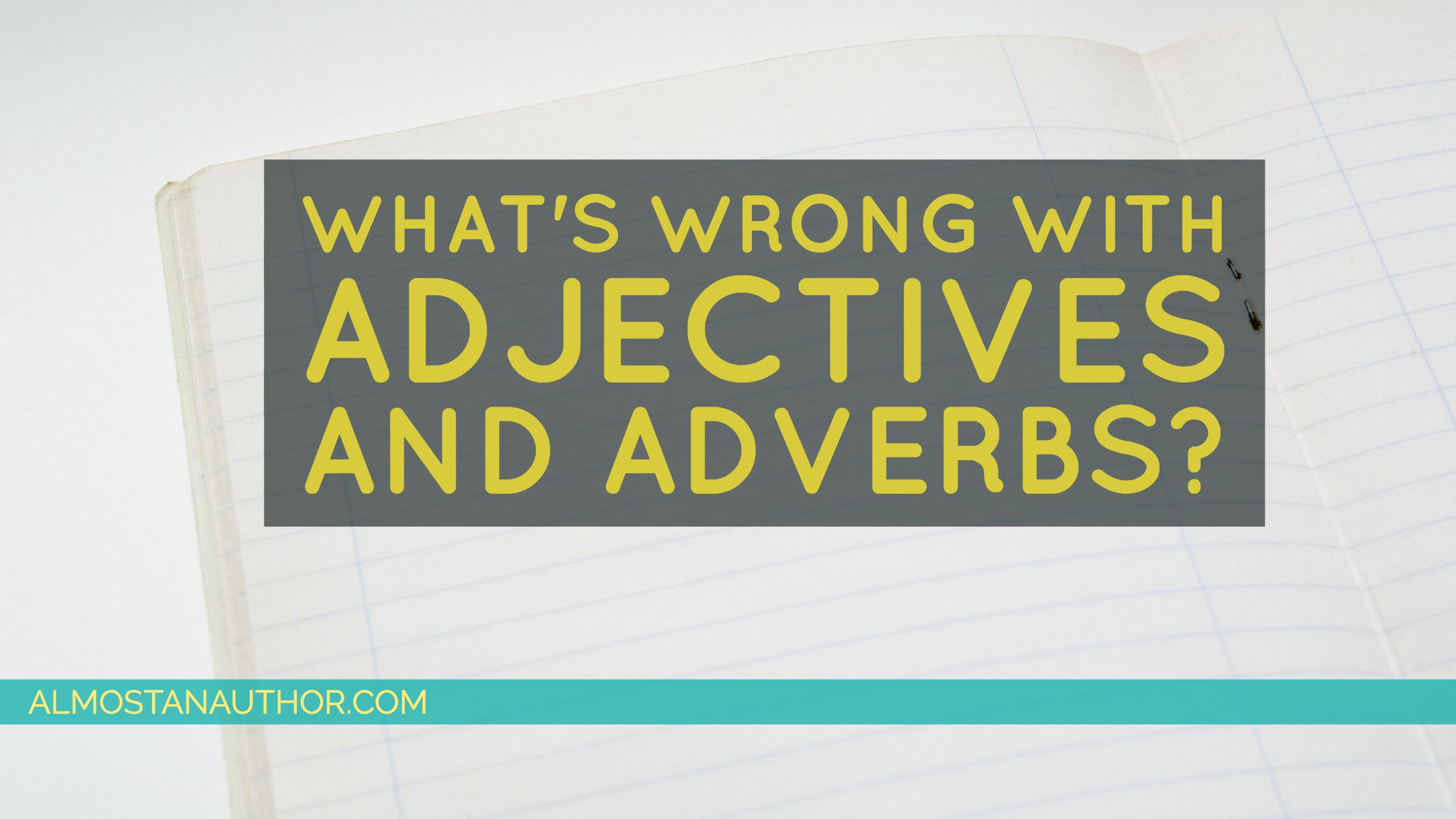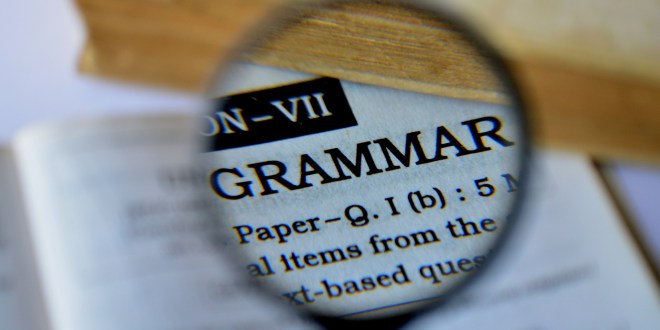
Kids Lit
Of Adjectives and Illustrators
“So how do you feel about art notes?” This came up to a panel of editors recently, and it…
June 8, 2022
“So how do you feel about art notes?” This came up to a panel of editors recently, and it…
June 8, 2022
When I was in elementary school, I was taught to incorporate as many adjectives and adverbs into my stories…
August 9, 2017
This month at Grammar and Grace we’re studying adjectives. Adjectives are words that tell something about a noun or…
July 18, 2017
Bryan Garner, author of A Dictionary of Modern American Usage, and a raft of other books on English…
March 27, 2017